Operation NIMROD was a successful hostage rescue operation executed by the British Special Air Service (SAS) on May 5, 1980. In less than 20 minutes, they overtook the building of the Iranian Embassy in London, which was occupied by terrorists killing six terrorists and capturing one. All hostages were rescued with no harm.
Operation Nimrod has become a synonym for special operations and portrayed the SAS as one of the world’s most capable special operations units.
Introduction
The modern warfare and usage of special forces were especially highlighted after the tragic events of Munich in 1972 and the unsuccessful hostage rescue operation. European governments started creating units for special purposes and detachments inside military units that could act in cases of terrorism.
The United Kingdom had enormous issues with domestic terrorism, but one event changed the world and the sense of special forces. It started on April 30, 1980, at 1130 hours, when six terrorists stormed the Iranian embassy in London (Princess Gate 16).
Iranian embassy siege
Terrorists from the Democratic Revolutionary Movement for the Liberation of Arabistan (DRMLA) took 21 people hostage. Their demands were simple, to release the hostages unharmed, they demanded that Iranian authorities release 91 prisoners in Arabistan.
The deadline was set for May 1, 1980, at 1200 hours. The deadline was postponed to 1400 hours when the Metropolitan Police transmitted a message from the terrorist to the press. This deadline passed without any action from either side.

The negotiations continued for the next few days until May 5, 1980, when the embassy’s tension broke through as the besieged terrorists started losing their patience. The terrorist executed the Embassy Press Officer Abbas Lavasani. Just before 1800 hours of the same day, his body was dumped on the pavement outside the embassy. This was the turning point of the siege. The British Government decided not to act until the terrorist killed hostages.
Operation NIMROD
The British Special Air Service (SAS) was present on the site from the siege’s first day. They had set up sniper positions and were monitoring the situation. SAS established a command post on the sixth floor of Kingston House, the main point where they could see the embassy. The SAS operators involved in this operation were assigned to B Squadron, which was just assigned to the counter-terrorist duties.
The rescue plan was that the SAS operators would be divided into two teams, Red and Blue. The Red team would abseil down from the roof to the second-floor balcony while the four members of the Blue team would jump from the first floor of the nearby building to the first-floor balcony at the embassy. The rest of the Red and Blue team were tasked with their entry position at the embassy’s back, from where they could easily rush through the embassy’s ground floor windows.
The SAS troops were equipped with CS gas, stun grenades, explosives, Browning Hi-Power pistols, and Heckler and Koch MP5 submachine guns.
Green Light
On May 5, 1980, in 1858 hours, Home Secretary William Whitelaw personally authorized Operation NIMROD, the SAS operation to overtake the Iranian Embassy after two hostages were executed by the terrorists in the previous days and when it was obvious that the violent overtaking of the building is inevitable.
At 1907 hours, SAS takes over the siege from the Metropolitan police. At 1922 hours, SAS teams were in position, and only a minute later, at 1923 hours, members of the Red team started their descent from the roof. Suddenly the mission was in danger. A member of the Red team got stuck 4.5 meters above the balcony, and at that moment, it looked like the mission could go in the opposite direction.
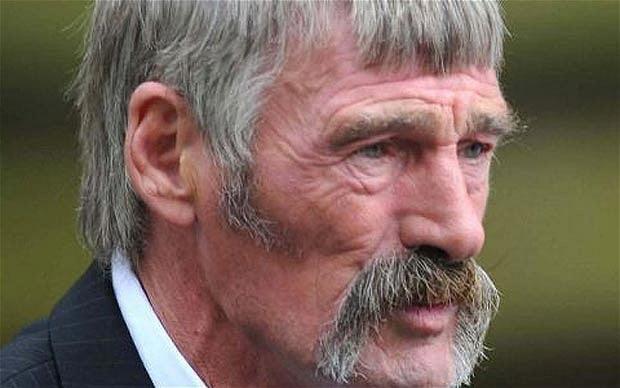
The other members tried to help him free while the commanding SAS officer acted quickly and issued an order to the rest of the assault teams to proceed with the mission without cutting loose the Red team member who was stuck above the balcony. The rest of the Red team hit the second-floor balcony and went in.
One part of the Blue team rushed from the undergrowth and went in through ground floor windows. At the same time, the remaining members of the Blue Team jump onto the first-floor balcony. Inside the embassy, the terrorists were caught by surprise. The SAS starts to sweep the embassy.
The SAS made his way to the two remaining rooms, room by room, door by door, where the hostages were divided into two groups. The men were held in the telex room and the women in the Cypher room on the second floor.
At 1940 hours, SAS reported that the operation was over.
Aftermath
In total, they apprehended one wounded terrorist while killing six others. None of the SAS soldiers or the hostages were killed during the raid. However, the SAS only went in after the terrorists executed two hostages. The SAS quickly disappeared from the scene before the press showed up.
The Iranian Embassy Siege was the first time the SAS was publicly shown conducting an operation as they were filmed, which led to the government officially recognizing the SAS’s existence. This meant the knowledge of the SAS became public knowledge.

After the successful SAS operation, world governments highly sought after the SAS. Many countries approached the UK to ask for the SAS to train their own special forces units. Also, many British men were inspired to join the SAS because of the raid, which led to a huge surge and applications to the SAS.
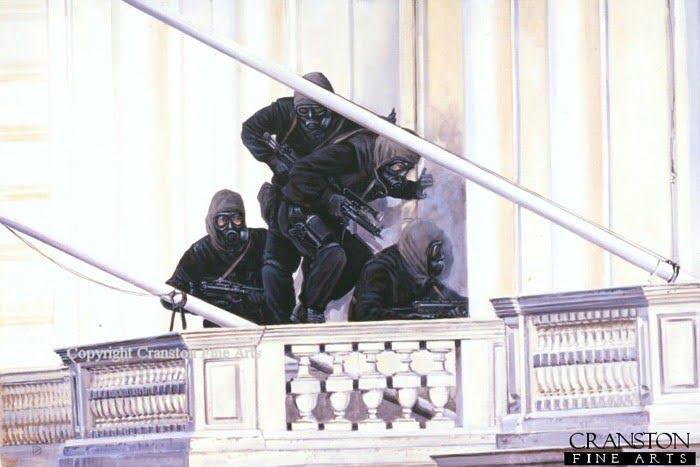
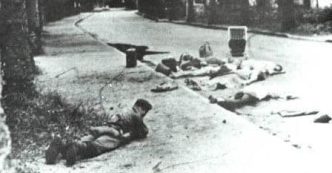
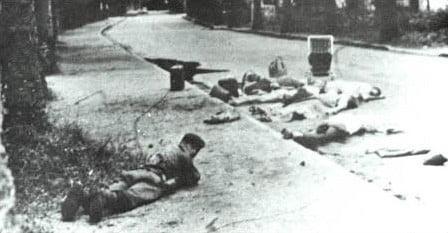
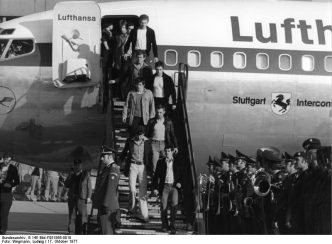
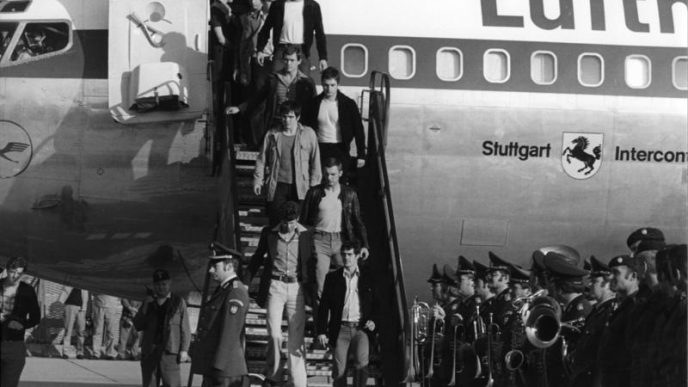
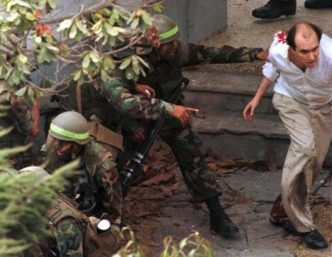
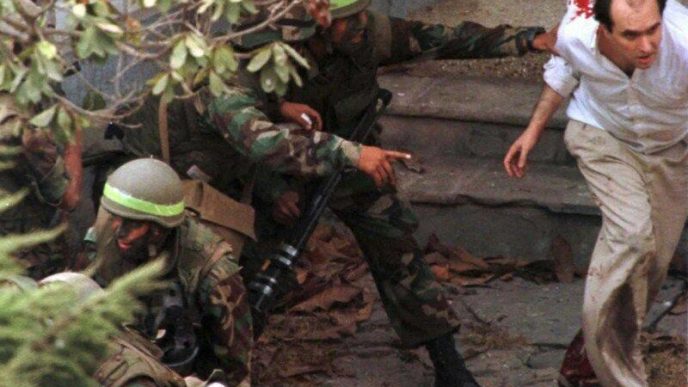
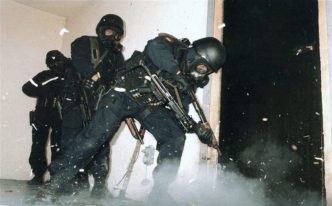
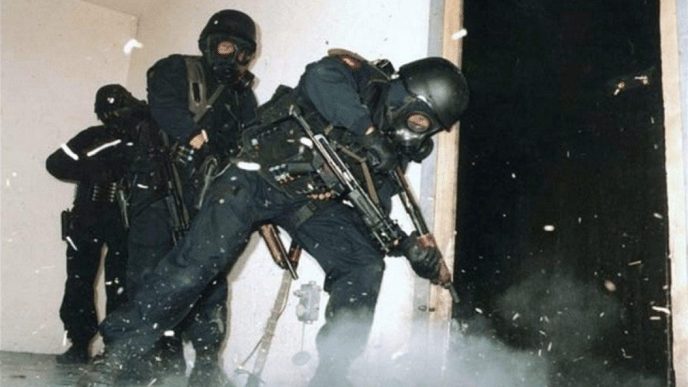
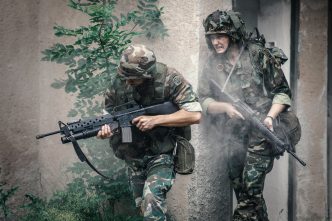
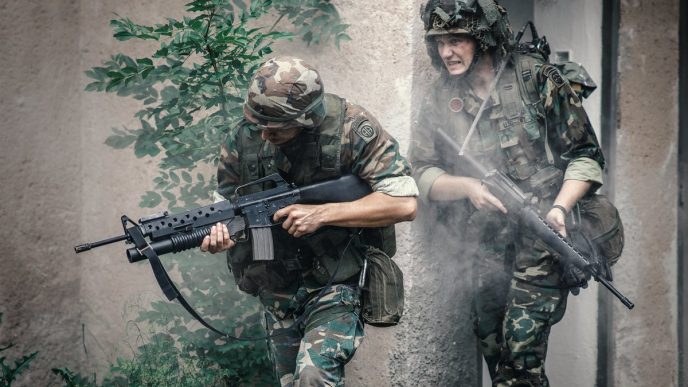
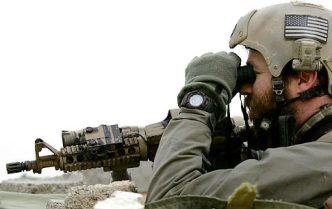
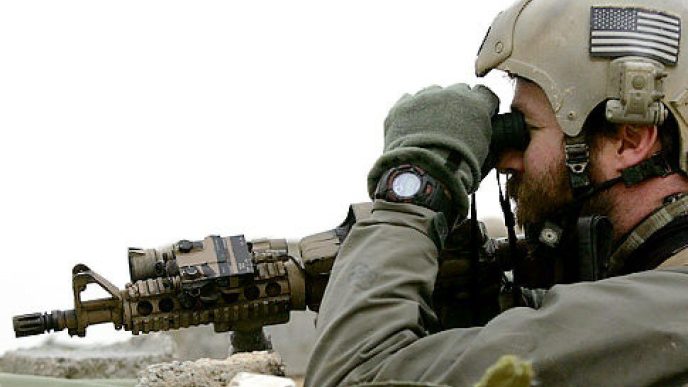
well done. all the queen men.in australia ben robert smith .vc sas. was in court for doing his command and persecuted.for the same shame on you australia